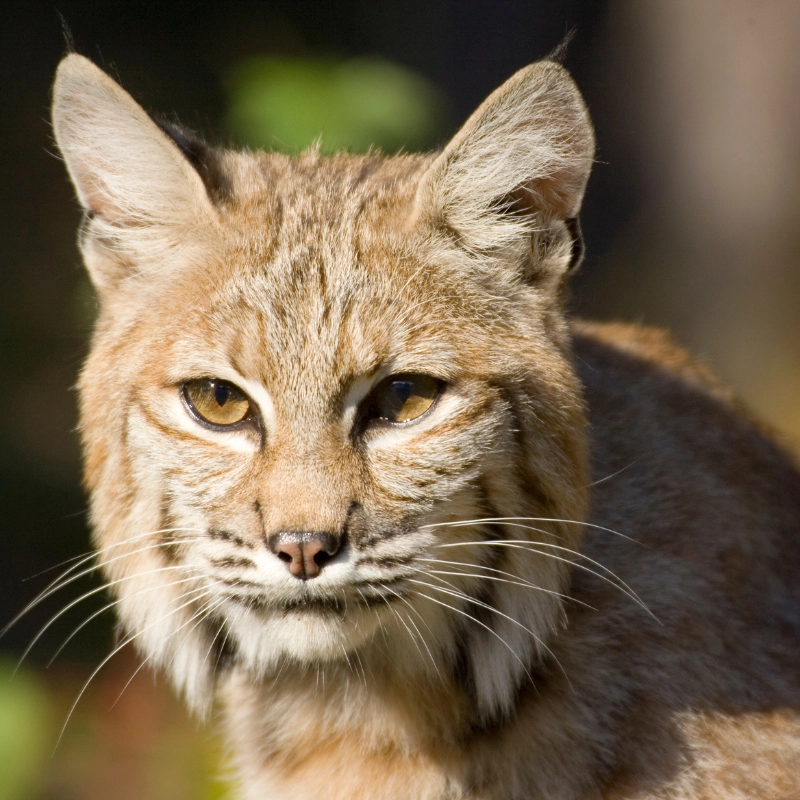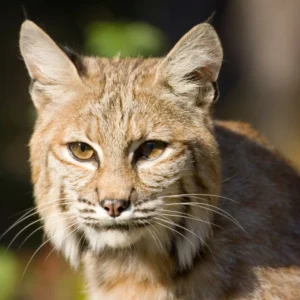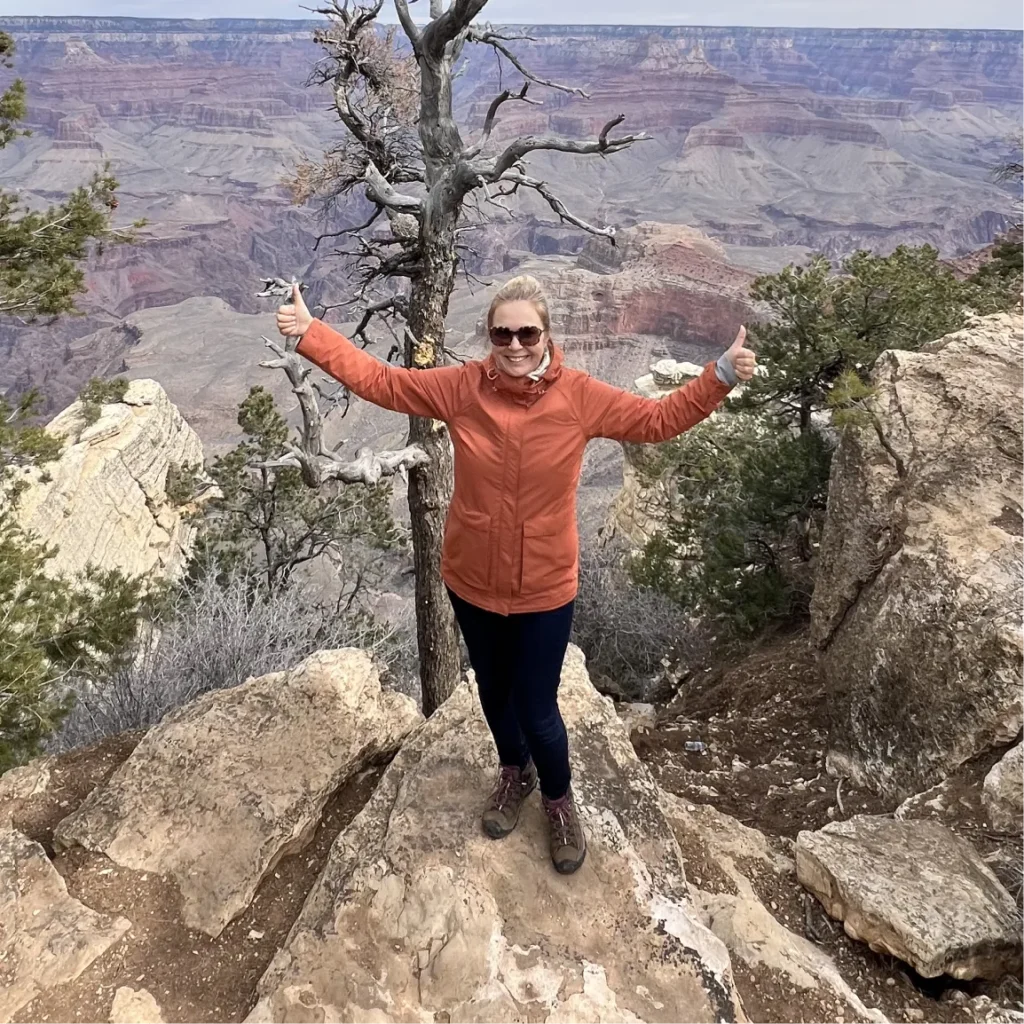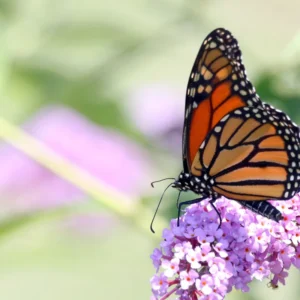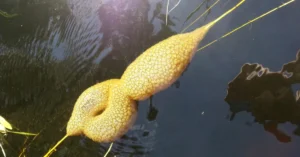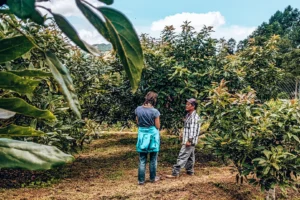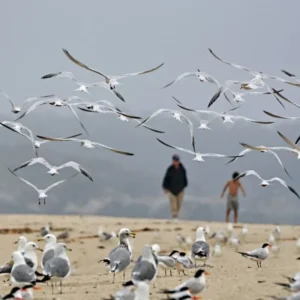Bobcats are experiencing a remarkable revival across North America. Once threatened by habitat loss and overhunting, their population now numbers several million.
This resurgence is a testament to effective wildlife conservation efforts. For years, bobcats faced significant challenges, including unregulated hunting, deforestation, and urban sprawl. At one point, they were considered at risk of extinction.
However, legal protections, habitat restoration, and natural resilience have enabled their recovery.
Today, they symbolize hope in conservation and are a focal point for EcoTourism USA and National Parks Travel. Their comeback highlights sustainable practices’ critical role in preserving wildlife for future generations.
Adapting To Urban And Rural Environments
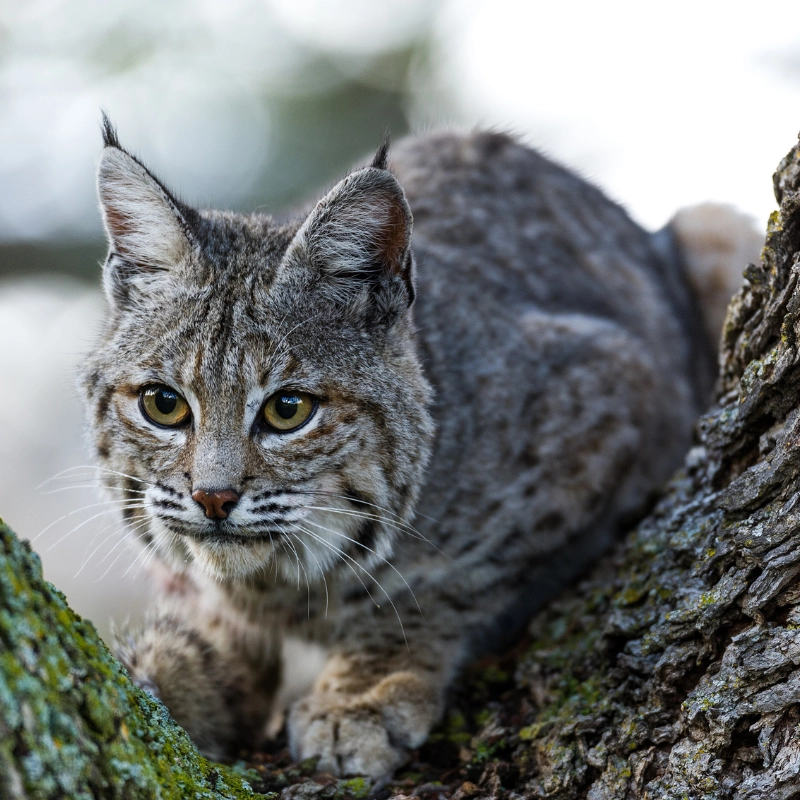
Bobcats are increasingly found at the intersection of urban and rural areas. This shift demonstrates their adaptability but also presents unique challenges.
Urban sprawl has led to habitat fragmentation, making it difficult for bobcats to find food and shelter.
Road traffic is constantly threatened, with many bobcats injured or killed while crossing highways. Additionally, human activities often disrupt their natural behavior.
Despite these obstacles, bobcats show remarkable flexibility. They use green spaces like parks and wooded areas to survive in human-dominated environments.
Their ability to adapt creates opportunities for Wildlife Watching Tours and Outdoor Adventure Activities, allowing people to observe these elusive animals in diverse settings.
However, it also underscores the need for urban planning that considers wildlife corridors and safe habitats for bobcats and other species.
Bobcats’ Role In Ecosystem Balance
Bobcats are more than just a fascinating predator—they are vital to ecosystem health. As natural rodent hunters, they help control populations of mice, rats, and other small mammals.
This predation reduces the spread of zoonotic diseases, such as Hantavirus, which can pass from animals to humans.
Their presence also supports the “dilution effect,” where higher biodiversity reduces the chances of disease transmission within an ecosystem.
This role highlights the interconnectedness of ecosystems and the importance of preserving biodiversity.
By maintaining balance, bobcats contribute to healthier environments for all species, including humans.
Sustainable Travel Guides and conservation initiatives often emphasize such ecological functions,
showcasing how predator species like bobcats are essential for the stability and health of natural landscapes.
Complexities Of Hunting Regulations
Hunting regulations for bobcats vary widely across the United States. While most states allow regulated hunting, California has imposed a moratorium until 2025.
This decision has sparked debates among conservationists, researchers, and policymakers.
Advocates for the ban argue that bobcats’ ecological benefits far outweigh any recreational or economic value from hunting.
Critics contend that controlled hunting can help manage populations and prevent conflicts with humans.
This ongoing debate reflects the complexities of wildlife management. Decisions must balance the ecological importance of bobcats with the needs of local communities and stakeholders.
Florida Recreation Areas and other conservation-focused regions closely monitor these developments, aiming to implement policies that protect wildlife while addressing human concerns.
These discussions underscore the importance of evidence-based decision-making in wildlife conservation.
Impact Of Rodenticides on Bobcats
Rodenticides used for controlling rodents are a serious threat to bobcats. Studies show that consuming poisoned prey weakens their immune systems, causes reproductive issues, and contributes to population declines.
Conservationists urge stricter rodenticide regulations and promote safer alternatives. Research into these poisons’ long-term effects is vital for effective conservation strategies.
Protecting bobcats ensures their survival and maintains their ecological role, aligning with conservation goals and eco-tourism efforts.
Coexisting With Bobcats: A Shared Responsibility
As human development encroaches on natural habitats, coexistence between people and bobcats becomes increasingly important. Strategies to reduce human-wildlife conflicts include:
- Creating wildlife corridors.
- Securing garbage and pet food.
- Promoting awareness about bobcats’ ecological roles.
Public education is a key component of coexistence efforts. By understanding bobcats’ benefits to ecosystems, communities are more likely to support conservation measures.
Schools, local organizations, and eco-tourism programs can play a role in spreading this awareness.
Wildlife Watching Tours and Outdoor Adventure Activities also allow people to appreciate bobcats in their natural habitats, fostering a sense of connection and responsibility.
A Conservation Success Story
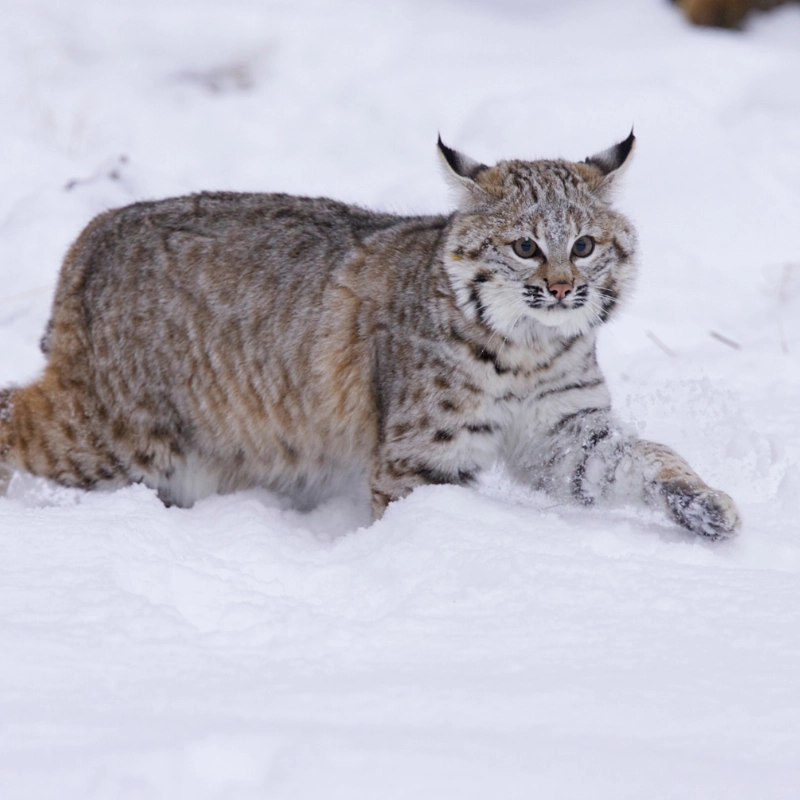
The resurgence of bobcats is a powerful example of how conservation can work. Once on the brink of extinction, these animals now thrive across North America.
They enrich natural landscapes and play an essential role in maintaining ecological balance. Their recovery underscores the value of protecting biodiversity and implementing sustainable practices.
The bobcat’s story offers hope and inspiration for EcoTourism USA, National Parks Travel, and conservation advocates.
It highlights the importance of ongoing efforts to protect wildlife and the environments they depend on.
By supporting these initiatives, we can ensure that bobcats remain vital to North America’s ecosystems for generations.

